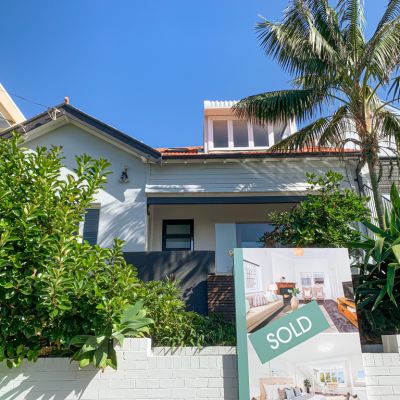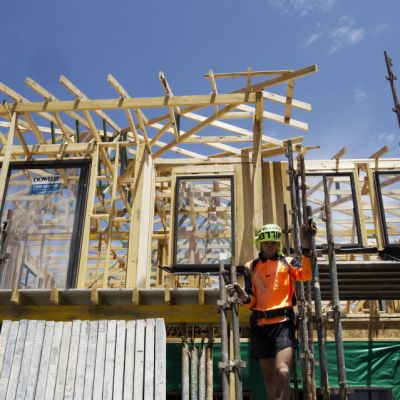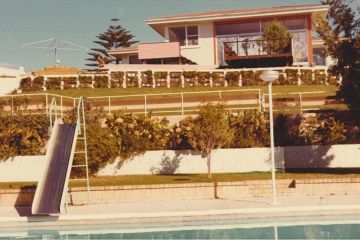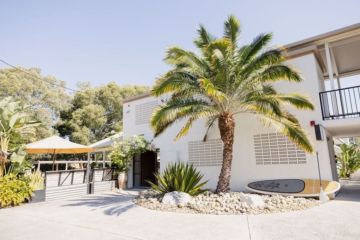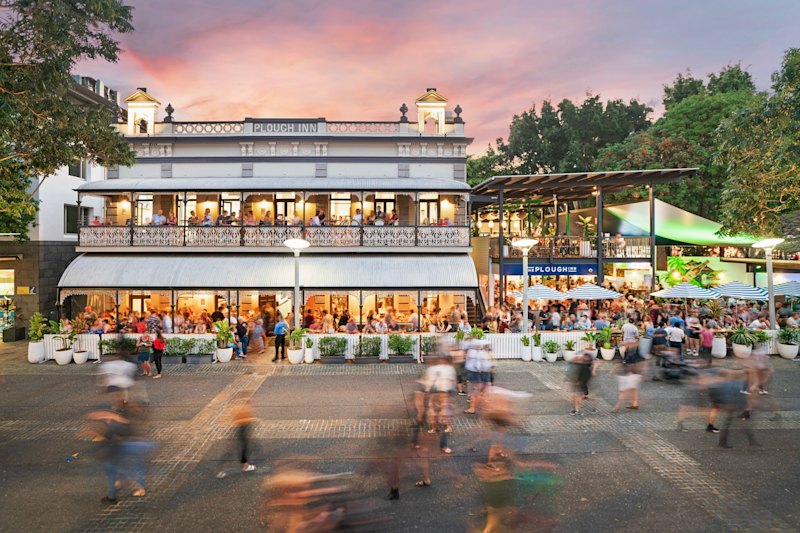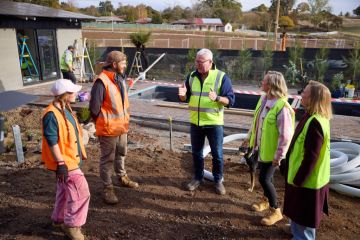What will happen to first-home buyers if the Help to Buy scheme sinks?
A long-awaited federal government scheme that would allow first-home buyers to enter the market with a 2 per cent deposit and co-own their property with the government is stuck in the trenches following threats by the Greens to sink it in the Senate.
The Help to Buy scheme is the newest proposed form of federal aid for first-home buyers. It would allow home buyers to co-own their property with the government by sharing the equity ( up to 30 per cent for existing dwellings and 40 per cent for new ones ), which would effectively make mortgage repayments more affordable.
The buyer wouldn’t need to pay rent on the stake owned by the government. If the property was sold before the equity was bought back, then the government would also have a share in the profit based on the amount of equity it owned.
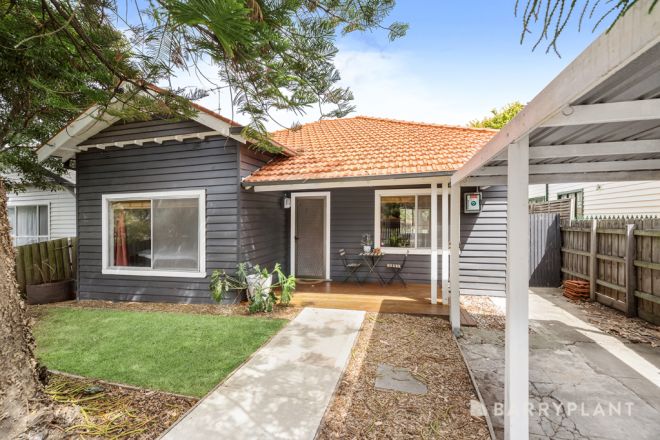
However, the Greens currently oppose the proposed bill, claiming it would only help a small pool of Australians (40,000 over four years), that it may push up property prices even further, and that it will not fix the current lack-of-supply crisis.
“Unless Labor is prepared to work with the Greens to fix negative gearing and capital gains tax handouts, cap rents and build public housing, the Greens will vote against Labor’s housing lottery bill in the House, and we reserve our position in the Senate,” Greens leader Adam Bandt said last week.
AMP Capital chief economist Shane Oliver agrees that the scheme will not “solve the underlying problem” of undersupply.

“I don’t see it as a fundamental solution to the property problem in Australia,” he says.
Domain chief of research and economics Dr Nicola Powell says the Help to Buy scheme is a great incentive to aid middle to low-income earners to enter the market, but it’s not the long-term policy Australia needs.
“We really need to see more social housing, more affordable housing overall, and perhaps a reduction in red tape to really help speed up getting this supply to market,” she says.
| Dec-23 | Dec-22 | YoY | 5-year change | |
| Canberra | $800,000 | $800,000 | 0.0% | 42.6% |
| Adelaide | $595,000 | $517,000 | 15.1% | 61.7% |
| Brisbane | $635,000 | $560,000 | 13.4% | 51.2% |
| Darwin | $460,750 | $450,000 | 2.4% | 15.2% |
| Hobart | $530,000 | $550,000 | -3.6% | 55.3% |
| Melbourne | $678,000 | $670,000 | 1.2% | 16.9% |
| Perth | $505,000 | $435,000 | 16.1% | 31.6% |
| Sydney | $927,250 | $870,000 | 6.6% | 38.0% |
| Australia | $545,000 | $492,000 | 10.8% | 47.3% |
It’s still unclear if the Help to Buy scheme will get enough votes in the Senate to pass, but Powell advises buyers not to lose heart if the scheme sinks.
“There are many state-based incentives, and there are shared equity schemes in certain parts of Australia,” she says. “There are state-based incentives out there that are designed to help, such as first-home buyer grants.”
Oliver adds this isn’t the first time the Greens have pushed back against a proposed housing policy, and he expects the parties will reach a compromise as they have in the past.
“If it is blocked, we’ll just move on to the next thing,” he says.
Will Help to Buy make properties more expensive?
“Anything that activates and brings people to market when it’s not complemented with high levels of supply pushes prices up,” Powell says.
Domain’s latest First Home Buyer Report found that the median entry-price house for an Australian couple aged 25-34 increased by 10.8 per cent in the past year, and entry-price units increased by 9.1 per cent.
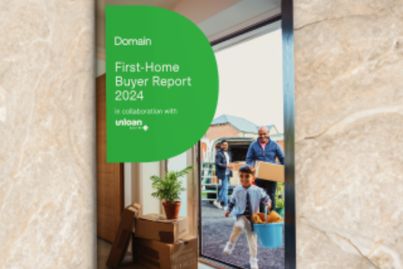

The price of an entry-level home in Brisbane skyrocketed from $560,000 in December 2022 to $635,000 in December 2023, in Adelaide by 15.1 per cent from $517,000 to $595,000, and in Perth by 16.1 per cent from $435,000 to $505,000.
While it’s possible the proposed scheme could push entry-level prices further up, Oliver believes the impact would be “relatively minor” due to recently low first-home buyer activity as a result of higher interest rates.
According to Australian Bureau of Statistics data, first-home buyers committed to 110,000 new loans in 2023 – much lower than 118,000 in 2022, 163,000 in 2021, and 136,000 in 2020.
Oliver says the predicted interest rate cuts later this year are more likely to “put upward pressure on prices” because they would allow people to borrow and spend more money.
Help to Buy alternatives for first-home buyers
If the Help to Buy sinks, first-home buyers still have several grants and schemes available to access.
“It is a difficult market for first-home buyers, and the federal and state governments have recognised this,” says Mozo banking and rates expert Peter Marshall. “There are a range of schemes that prospective home owners can tap into from one-off grants, or reduced or no stamp-duty to deposit savings schemes like the super saver scheme that allows you save money for your first home in your super fund.
“But in addition to the grants and schemes available, first-home buyers need to do their due diligence on their choice of home loan as this is going to have by far the largest long-term financial impact on them.”
Grants and schemes available to first-home buyers include:
- First Home Guarantee (or First Home Loan Deposit Scheme ). You can buy property with just a 5 per cent deposit without paying lender’s mortgage insurance. Property caps apply depending on the city and region.
- First Home Super Saver Scheme. Since 1 July 2022, you can apply to have a maximum of $15,000 of your voluntary contributions in a financial year included in your withdrawal, up to $50,000 in total, to later use as a home deposit.
- Family Home Guarantee. Single parents can buy a property with a 2 per cent deposit without paying lender’s mortgage insurance.
- Regional First Home Buyer Support Scheme. You can buy a property in regional Australia with just a 5 per cent deposit without paying lender’s mortgage insurance.
- First Home Owner Grant. You receive a monetary grant towards buying a newly built property. The amount received varies from state to state and property caps apply depending on the state.
- Stamp duty waivers and concessions. These vary from state to state and are generally capped to the purchase price
States
Capital Cities
Capital Cities - Rentals
Popular Areas
Allhomes
More
